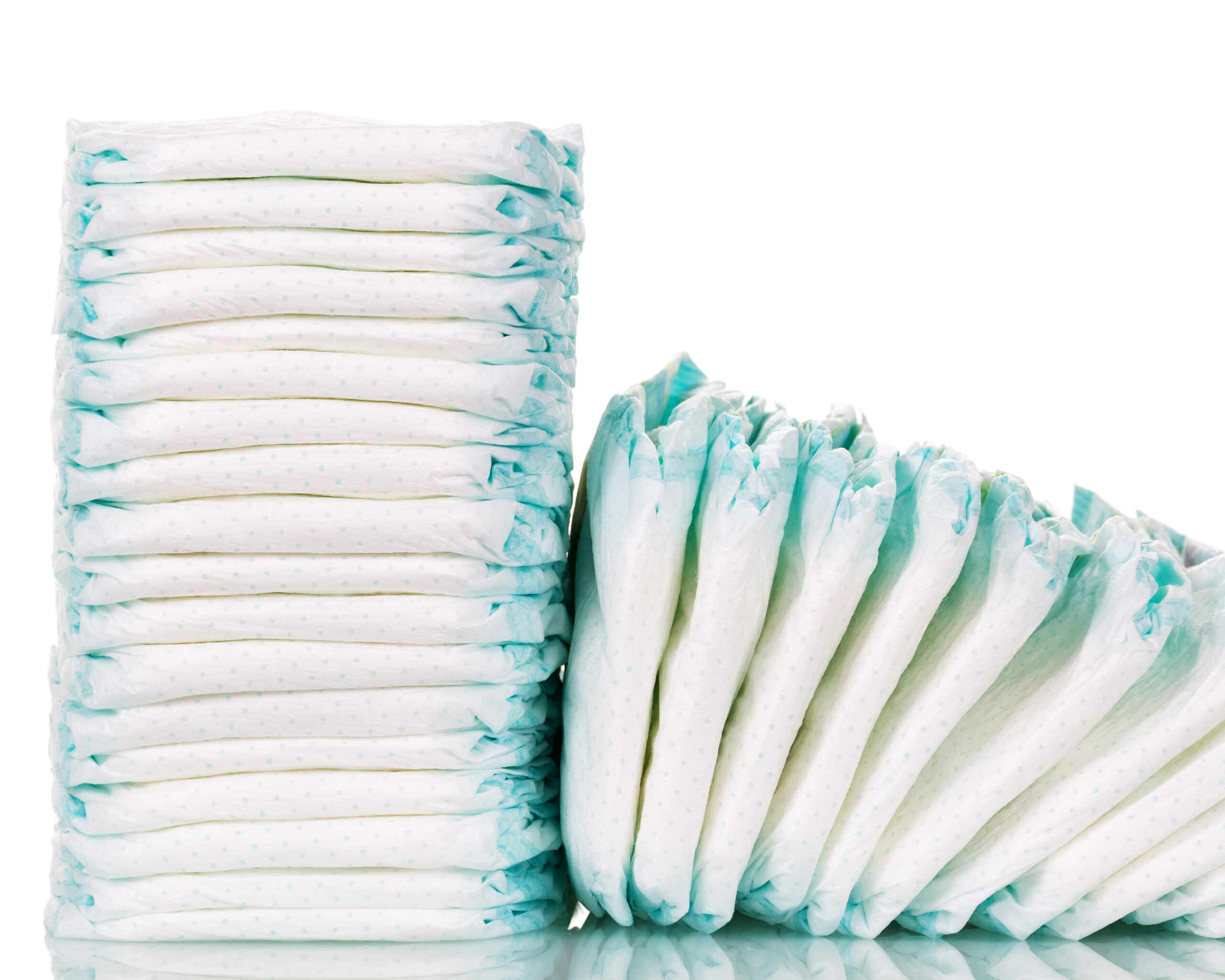Why a new program when the old one is working ok? The state argues that there are gaps in the existing program, which targets low-income parents. Instead of simply filling the gaps, the state wants to impose some elaborate scheme that is akin to killing a gnat with a shotgun.
Of course, governing for headlines to prop up a flailing presidential campaign is the prevailing strategy in the Newsom Administration, so the announcement itself might have been the overall aim of the new program.
Here’s how the new scheme would work: the Governor is asking for $20 million over the next two years to fund a two-phase program, first to procure and distribute three months’ worth of diapers through hospitals and then second to establish a network for Californians to purchase diapers at a low cost.
But there’s some fine print. The state does not yet have a distribution network in place, and the plan only covers 25% of the program’s needs in year one and only 50% in year two, and then there are no plans yet for years three and beyond.
Having had a few babies in the past few years, I can confirm that diapers are expensive and kids go through a lot of them, but the truth is that I don’t need government diapers.
There could be a worthy debate about whether the state should be in the diaper business at all, but the existing programs provide a good service at a relatively low cost and there are much bigger priorities to address.
According to the Department of Social Services, the state spent $30M over a three-year period to get approximately 144 million diapers to families in need through partner groups.
But the new program has all the makings of an inefficient money trap. In the budget request, the Newsom Administration argues this new effort will distribute “approximately 168 million diapers per year to offer at no cost for every baby born in California,” based on an estimate of 420,000 births annually in the state. The state believes a three-month supply of diapers is around 400 individual diapers, but that seems a bit low.
On top of that, and more importantly, the current program helps low-income parents with diapers for years. This new plan would leave them hanging after 90 days in order to start accommodating families like mine that don’t need it.
The state argues: “Families should not go into debt to afford essential necessities.” It’s doubtful that any family has ever gone into debt over diapers, but even if that’s true this new policy gets them closer to debt by making them buy diapers significantly sooner that the current program.
The state justifies this new policy with the “success” of its CalRx program, where it is attempting to do a similar scheme producing insulin and an opioid overdose remedy. However, the perceived successes of the program are negligible at best. The state is years behind schedule, especially the insulin program, the total costs are either unknown or unstated and it’s unclear if the programs will ever bring cheaper medications to consumers.
Supporters of the new diaper program can expect similar results as CalRx. The program will likely suffer under the weight of its own expectations. How quickly will the state manufacture and distribute diapers and will it work as promised?
Certain cost and timeline overruns are precisely why simply giving grants to groups already positioned to handle the task is way more efficient than building a massive operation that includes “manufacturing,” “relationship building with hospitals, warehousing, inventory, shipping, managing orders, marketing of the program, and managing hospital needs.”
The state already has a diaper distribution network through its existing partners. If giving diapers to low-income families is a priority and the program is falling short, then the state likely needs additional partners, not a new program.
Unfortunately, existing partners are likely to be cut, though the state’s budget request is silent on the issue and a department spokesperson said he had nothing more to add when asked, which basically means one of three things: Either the state hasn’t thought that far in advance, it is going to kill the funding of the existing programs and wants the bad publicity, or it will keep both programs going and essentially light millions of dollars on fire.
Seems like a lot of trouble to go through just for a few headlines for Newsom’s presidential campaign.
Matt Fleming is the Pacific Research Institute’s communications director.

